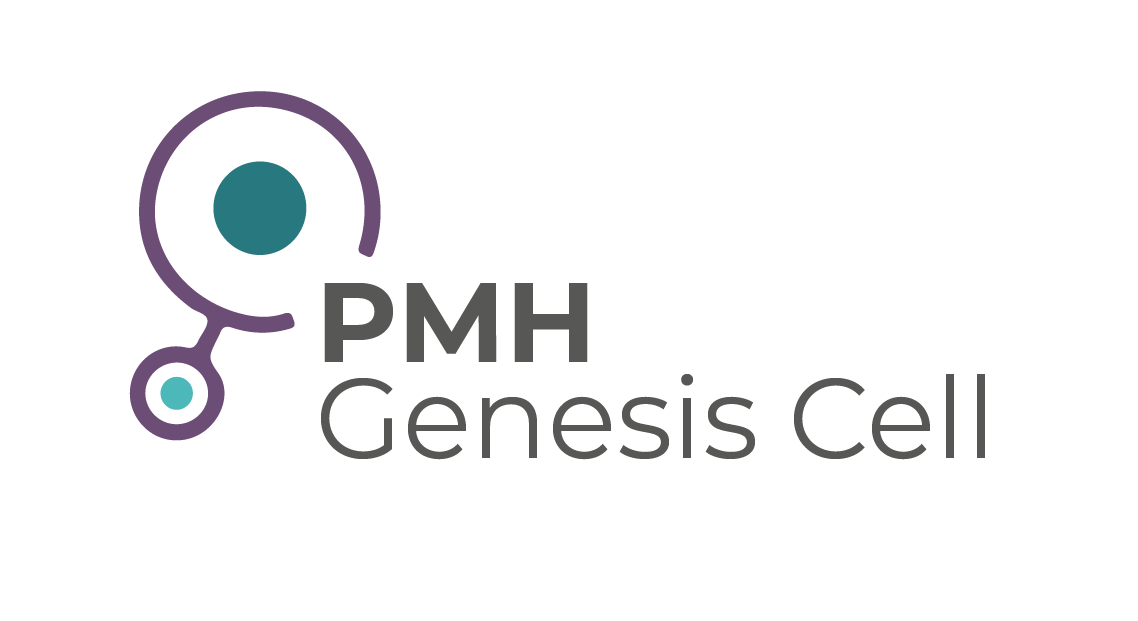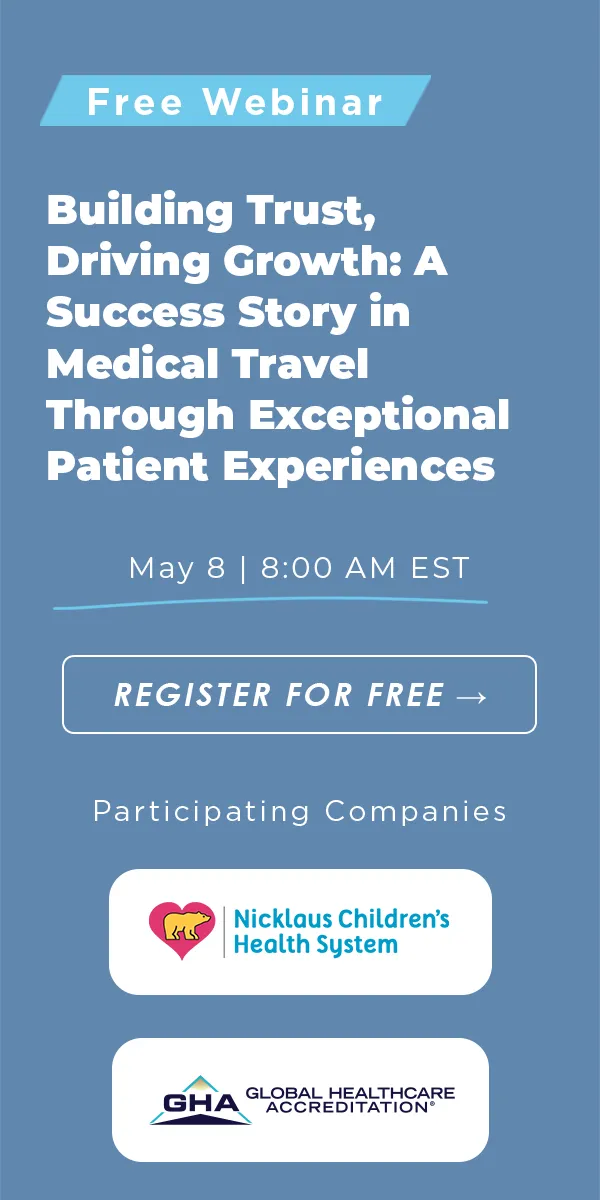Sleeve Gastrectomy
Steps Involved in IVF:
Procedure Description
Sleeve gastrectomy is a surgical weight-loss procedure that involves the removal of a portion of the stomach. The procedure reshapes the stomach into a sleeve-like structure, resembling the shape of a banana. By reducing the stomach's size, the operation limits the amount of food that can be consumed, leading to a decrease in caloric intake and, ultimately, weight loss. Sleeve gastrectomy is typically recommended for individuals who have a Body Mass Index (BMI) of 40 or higher, or those with a BMI between 35 and 40 but suffer from related conditions such as sleep apnea, type 2 diabetes, or hypertension.
The decision to opt for a sleeve gastrectomy is a major one and often comes after other weight loss attempts through diet, exercise, and medication have failed. It's crucial for prospective patients to be aware that this is not a quick fix; the procedure requires a lifelong commitment to a healthy lifestyle for sustained weight loss. Medical evaluations are conducted beforehand to assess the suitability of the candidate for surgery. These include medical history checks, blood tests, and other relevant diagnostic studies.
Finally, although sleeve gastrectomy is primarily a weight-loss surgery, its benefits extend beyond that. For many, the procedure helps alleviate co-morbidities like hypertension, type 2 diabetes, and high cholesterol. However, as with any surgical procedure, there are risks and considerations to keep in mind, which we will discuss further below.
Procedure Duration
A sleeve gastrectomy procedure generally lasts between one and two hours, performed under general anesthesia. Most patients are required to stay in the hospital for two to three days post-surgery for monitoring. However, it is essential to note that the duration may vary depending on individual circumstances, including the patient's health condition and the surgeon's expertise.
Recovery time is an essential aspect to consider. While you may be discharged from the hospital in a few days, full recovery can take several weeks. You'll need to adhere to a strict dietary regimen starting with liquid foods and gradually progressing to solids. Most patients return to work within two to four weeks, depending on the nature of their job and rate of recovery. Physical activities should also be resumed gradually, with heavy lifting and strenuous exercises typically avoided for at least six weeks post-operation.
It's crucial to follow the surgeon's post-operative guidelines meticulously, including dietary restrictions, medication, and scheduled follow-up appointments. This is not only for monitoring your weight loss progress but also for early identification and management of any potential complications.
Benefits
- Cost Savings: Medical tourism can offer substantial cost advantages compared to undergoing the procedure in one's home country, particularly for patients from high-cost healthcare systems.
- Expertise: Some countries are known for their specialization in bariatric surgeries, offering highly experienced surgeons and medical teams.
- Advanced Technology: Leading healthcare destinations often have state-of-the-art medical facilities, providing the latest in surgical technology.
Potential Destinations
- India: Known for its advanced medical technology and highly skilled surgeons.
- Mexico: Proximity to the U.S. makes it a convenient choice for many American patients.
- Thailand: Known for high-quality healthcare and luxurious recovery facilities.
Risks & Considerations
- Quality of Care: Standards of healthcare can vary between countries, and even between hospitals within the same country.
- Communication: Language barriers may exist, which could cause misunderstandings during crucial medical interactions.
- Travel Logistics: Factor in the costs and stress of travel, visas, and accommodation.
How to Choose the Right Doctor and Hospital
- Accreditation: Look for hospitals that are internationally accredited for healthcare standards.
- Doctor's Credentials: Check the qualifications, experience, and patient reviews of the surgeon.
- Consultation: Ideally, have a pre-procedure consultation, either virtually or in person, to ensure that the doctor understands your medical history and needs.
To receive a free quote for this procedure please click on the link: https://www.medicaltourism.com/get-a-quote
Patients are advised to seek hospitals that are accredited by Global Healthcare and only work with medical tourism facilitators who are certified by Global Healthcare Accreditation or who have undergone certification from the Certified Medical Travel Professionals (CMTP). This ensures that the highest standards in the industry are met. GHA accredits the top hospitals in the world. These are the best hospitals in the world for quality and providing the best patient experience. Click the link to check out hospitals accredited by the Global Healthcare Accreditation: https://www.globalhealthcareaccreditation.com
Frequently Asked Questions
What actually happens during hyperstimulation of the ovaries?
The patient will take injectable FSH (follicle stimulating hormone) for eight to eleven days, depending on how long the follicles take to mature. This hormone is produced naturally in a woman’s body causing one egg to develop per cycle. Taking the injectable FSH causes several follicles to develop at once, at approximately the same rate. The development is monitored with vaginal ultrasounds and following the patient’s levels of estradiol and progesterone. FSH brand names include Repronex, Follistim, Menopur, Gonal-F and Bravelle. The patient injects herself daily.
What happens during egg retrieval?
When the follicles have developed enough to be harvested, the patient attends an appointment where she is anesthetized and prepared for the procedure. Next, the doctor uses an ultrasound probe to guide a needle through the vaginal wall and into the follicle of the ovary. The thin needle draws the follicle fluid, which is then examined by an embryologist to find the eggs. The whole process takes about 20 minutes.
What happens to the eggs?
In the next step, the harvested eggs are then fertilized. If the sperm from the potential father, or in some cases, anonymous donor, has normal functionality, the eggs and sperm are placed together in a dish with a nutrient fluid, then incubated overnight to fertilize normally. If the sperm functionality is suboptimal, an embryologist uses Intracytoplasmic Sperm Injection to inject a single sperm into a single egg with an extremely precise glass needle. Once fertilization is complete, the embryos are assessed and prepared to be transferred to the patient’s uterus.
How are the embryos transferred back to the uterus?
The doctor and the patient will discuss the number of embryos to be transferred. The number of successfully fertilized eggs usually determines the number of eggs to be placed in the uterus. Embryos are transferred to the uterus with transabdominal ultrasound guidance. This process does not require anesthesia, but it can cause minor cervical or uterine discomfort. Following transfer, the patient is advised to take at least one days bed rest and two or three additional days of rest, then 10 to 12 days later, two pregnancy tests are scheduled to confirm success. Once two positive tests are completed, an obstetrical ultrasound is ordered to show the sac, fetal pole, yolk sac and fetal heart rate.
Embryoscope©
Built into this technology there is a microscope with a powerful camera that allows the uninterrupted monitoring of the embryo during its first hours of life. In this way, we can keep a close eye on the embryo, from the moment when the oocyte is inseminated and begins to divide into smaller and smaller cells, until it can be transferred to the uterus.
Orthopedics Stem Cell
Knee
Research on mesenchymal stem cells regenerative properties in knee osteoarthritis. In these studies, researchers suggest that Stem Cell Therapy has the potential to regenerate lost cartilage, stop and reverse cartilage degeneration, provide pain relief, and improve patient mobility.
Shoulder
Stem Cell Therapy as an Alternative to Rotator Cuff & Shoulder Replacement Surgery. Stem cell therapy may offer an excellent alternative for patients looking to avoid shoulder joint replacement surgery, as well as many other surgical treatments for shoulder pain.
Ankle
If you suffer from chronic or acute ankle pain or instability due to arthritis, cartilage loss, ligament strain or tear, or tendon damage, then you may benefit from non-surgical stem cell treatments or stem cell-enhanced surgery.
Back Pain
Patients now have a minimally invasive option. Stem cell therapy for back pain and disc herniations can potentially repair the damaged disc or facet joint, restore function, rehydrate the disc, and ultimately alleviate chronic pain.
Anti-Aging Stem Cell
Hair Loss
Stem cell therapy and PRP therapy have been shown to be most effective for: Those in the early stages of hair loss, patients who are not viable candidates for surgery and women who prefer to avoid hair surgery.
Facial Anti-Aging
Aesthetic Anti-Aging. The Aesthetic Stem Cell Localized Treatment is a non-surgical minimally invasive procedure to enhance the appearance of aging skin and hair restoration. This all-natural technique combines dermal injections of bone marrow or adipose tissue derived stem cells and growth factors.
Fertility Stem Cell
Endometrial PRP
The stem cells used for treatment of a thin endometrium include mesenchymal stem cells. In addition, successful repair of the endometrium in pregnancy with stem cells has been reported previously.
Low Ovarian Reserve (PRP)
The treatment uses PRP (Platelet-Rich-Plasma), which with stem cell therapy is the novel therapeutic approach for restoring the quality of the ovarian reserve.Your PRP will contain a physiologic balance of platelets, growth factors and white blood cells tailored specifically for you.

Punta Mita Hospital
Mexico


Punta Mita Hospital - Genesis Cell
Mexico















